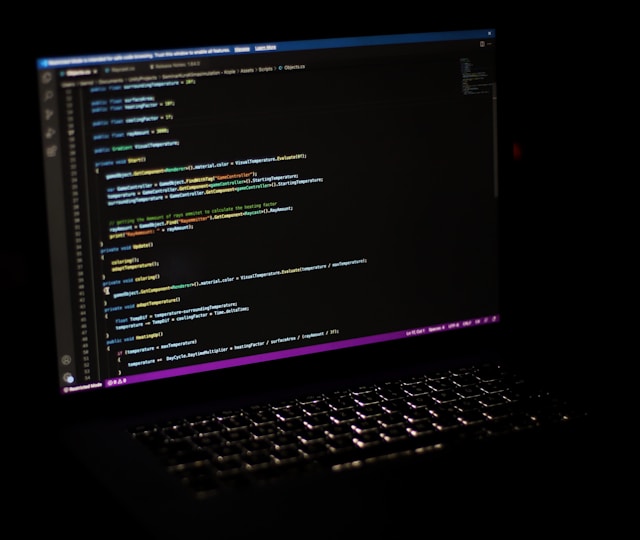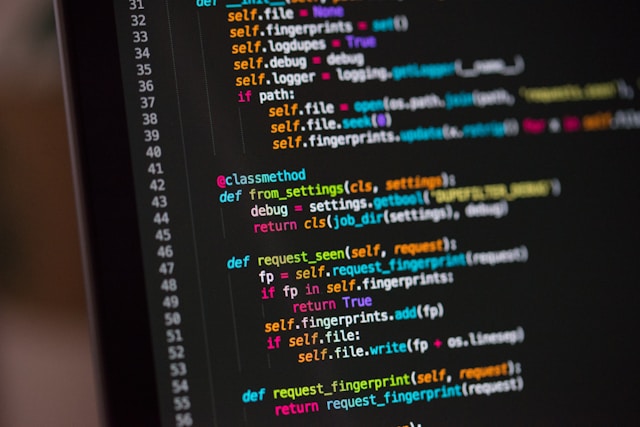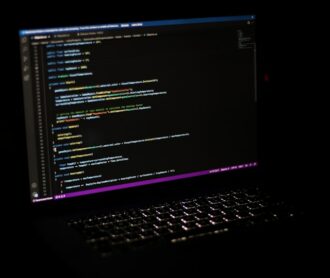
Strange programming languages? Yes, they exist!
When developers get bored with standard serious languages, they start inventing new, more unusual and interesting alternatives. And this case is not only fun, but also useful.
Specifically, the benefit of such exotics is that they help programmers learn the limits of languages and sharpen their skills even more effectively. Strange languages usually have a more complicated syntax and therefore are understandable only to a small group of dedicated people.
WHITESPACE
The creations of this category usually have eloquent names. Whitespace is no exception. In 2002, two comrades decided to create a language based solely on non-printable characters. The public at the time thought this idea was just a joke, but the language not only came into being, but also gained some popularity. Meanwhile, the international vocation of Whitespace has not yet won.
CHEF
A very funny language, designed for people who like to cook and want to learn how to program. It looks like a recipe and follows these principles:
the output created by the code should not just be technically useful, but also tasty and easy to prepare;
the recipes should be different in terms of budget;
the code should act like regular code, but at the same time be edible.
SHAKESPEARE
The variable names in Shakespeare are the same as the names of the characters in his texts. Their interaction takes place in scenes where acts of input and output are performed, questions are asked, and answers are received. According to the rules, there can be no more than two Shakespearean characters working simultaneously.
BRAINFUCK
You may be surprised, but it is quite a well-known and popular programming language, although it was created only for fun. BRAINFUCK consists of just these 8 characters:
>
<
+
.
,
[
]
CHICKEN/OOK.
And here you will see only one word – chicken. Apart from chicken, the code page does not contain any other characters. A Swedish developer created this language after a parody of D. Zongker’s scientific papers.
OOK is built on the same principle, but it has 4 variations of the word:
Ook,
Ook!
Ook.
Ook?
It has been reported that this unique tool was created just so it would be available for use by orangutans. Yes, you got that right, and this is no humor.
INTERCAL
If the language algorithms were very obscure in the past examples, here they are quite standard. The only thing that separates Intercal from its more serious brethren is a little “surprise.” The irony is that it implies the use of completely useless words (which, by the way, was a sin of many codes in the early days of programming). For example, in some version it is obligatory to write “please” for each operation, otherwise it won’t do them.
ENGLISH
The easiest of our list of languages because it mimics natural English. The free syntax is very convenient and gives the developer tremendous freedom of expression.
MALBOLGE
This is the moment when it’s not funny at all. The name is taken from Dante’s brilliant work “The Divine Comedy”, in which the word “Malbolge” refers to the 8th circle of hell, where the cheaters were. As you can see from the example, creating even a simple program in this language is almost unrealistic. The funny thing is that most of the code written in Malbolge was created with other programs and trivial searches.
And the interesting thing is that this is not all the crazy and absurd languages you can use to write fun code and train your brain!












